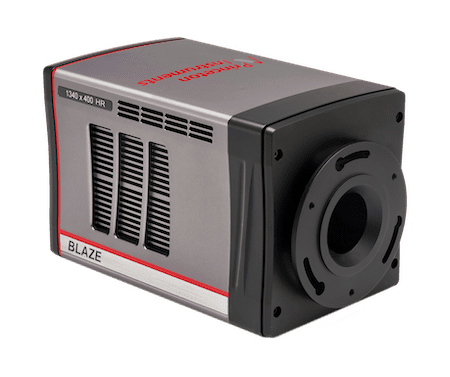Stimulated Raman Spectroscopy
Stimulated Raman scattering occurs when an excess of Stokes photons that were previously generated by normal Raman scattering are added to the excitation beam. The mode that is the strongest in the regular Raman spectrum is then greatly amplified.
Stimulated Raman is an example of non-linear Raman spectroscopy – with a 4-5 order of magnitude enhancement in Raman signal. As the Stokes beam is unidirectional with the incident laser beam, only the strongest Raman signal is amplified, all other weaker signals are not present within the spectrum.
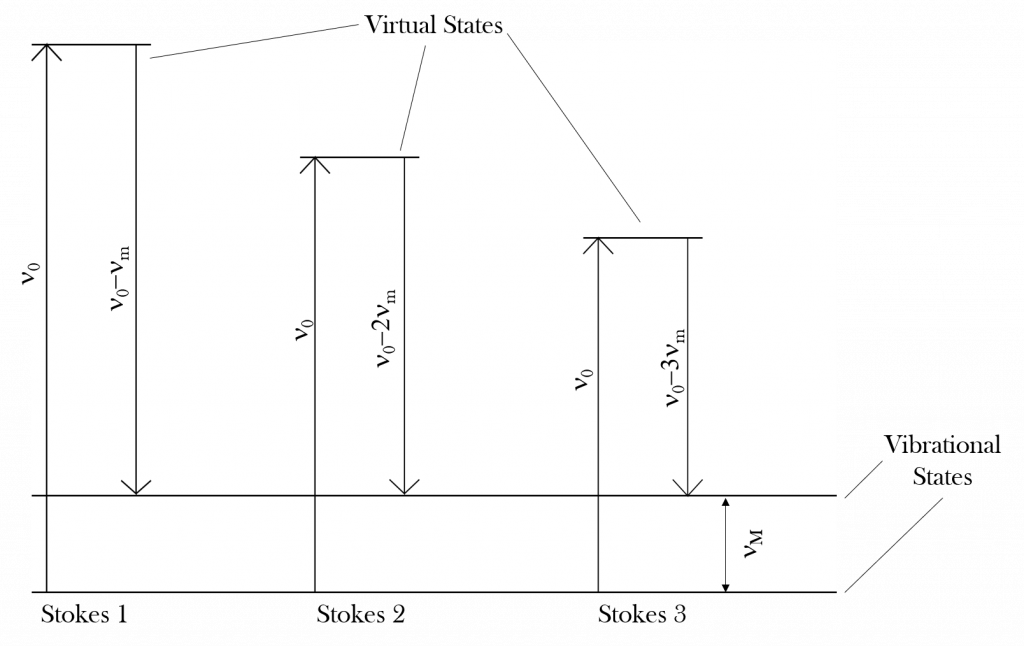
Spectrometers for Stimulated Raman Spectroscopy
IsoPlane
The IsoPlane offers excellent signal-to-noise ratio, with high spectral resolution and imaging performance to ensure almost perfect capture of information from stimulated Raman spectroscopy.
The IsoPlane provides twice the light-gathering power in comparison to traditional Czerny-Turner spectrographs, allowing for the strongest signal of the amplified mode. This produces sharper images and improved resolution, ensuring all peaks within the resulting spectra are distinguished without the need for post-processing techniques.
With a unique optical design, the IsoPlane completely eliminates astigmatism across the focal plane. This offers multichannel capabilities to obtain broad range spectral information. This allows for imaging of multiple sample dependent strong modes.
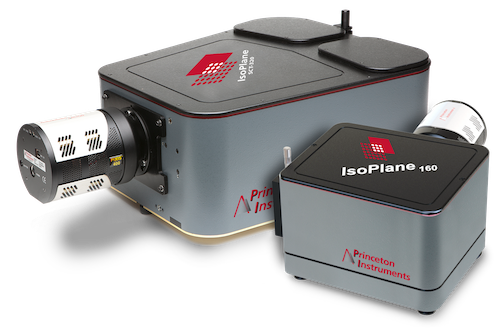

TriVista
The TriVista is a set of three spectrometers comprised of the SpectraPro family spectrometers. This offers high flexibility without reducing performance, operating from 200 – 2200 nm. This allows stimulated Raman spectroscopy to be used on multiple samples.
Stimulated Raman spectroscopy requires ultimate precision. The TriVista offers superb resolution, and high-quality imaging alongside stray light suppression. The TriVista is also able to capture Raman spectra as close as 5 wavenumbers from the Rayleigh line, preventing any Rayleigh line limited applications.
Cameras for Stimulated Raman Spectroscopy
PIXIS
Raman scattering in the visible light region requires high sensitivity in the 120-1100 nm range. The PIXIS offers >95% quantum efficiency over this range with reduced read noise.
To obtain all compositional information from a sample, it is essential that long exposure experiments do not result in high dark current. The PIXIS comes equipped with deep cooling resulting in ultra-low dark current over long exposure times, ideal for most Raman spectroscopy.
As Raman spectroscopy of different samples requires different parameters, the PIXIS offers front-illuminated, back-illuminated and back-illuminated deep-depletion options to ensure capturing of full spectral information.
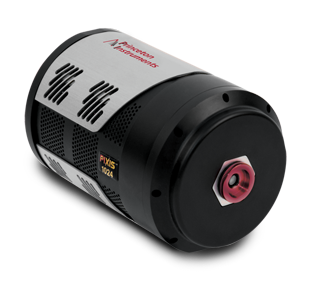
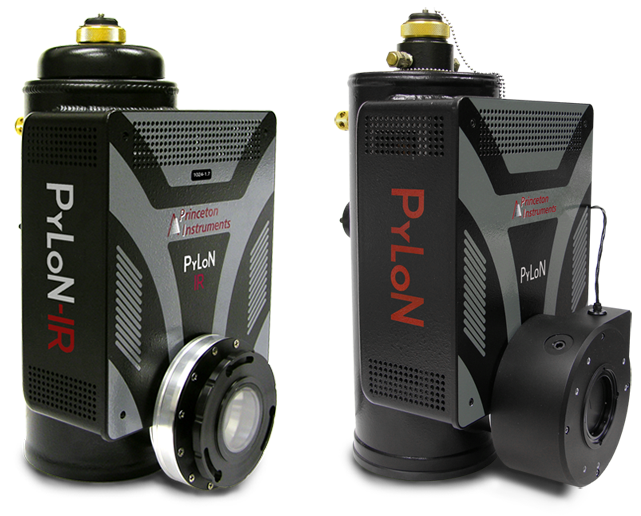
PyLoN Family
The PyLoN family is a set of cryogenically cooled CCD and InGaAs cameras, offering extremely low noise further enhancing the stimulated Raman spectroscopy signal. The PyLoN is equipped with a low dark current and reduced read noise to eliminate the accumulation of noise with long exposure time.
The PyLoN IR is essential for ultra-low noise near-infrared and SWIR spectroscopy, ideal for samples resonating in the spectral range of 800-2200 nm.
The PyLoN family also provides flexible readout speeds, enabling both high spectral speeds (<6600 spectra/sec) or low read noise dependent on the specific experimental set-up, ranging from 50 kHz – 4 MHz.
BLAZE
For stimulated Raman spectroscopy within the NIR wavelength range, the BLAZE offers the highest CCD NIR sensitivity with low dark current.
The BLAZE spectroscopy camera delivers fast spectral rates to capture high throughput spectral information alongside True -100℃ cooling. This cooling provides low spectral noise, ideal for long exposure times which are commonly used to improve Raman signal.
